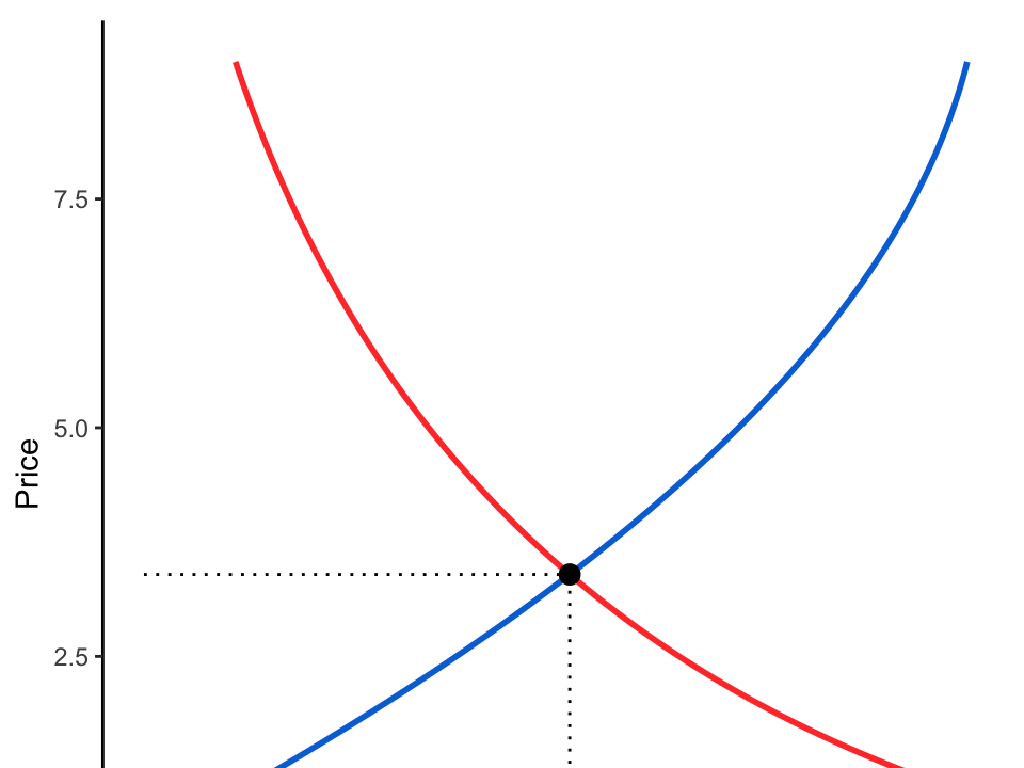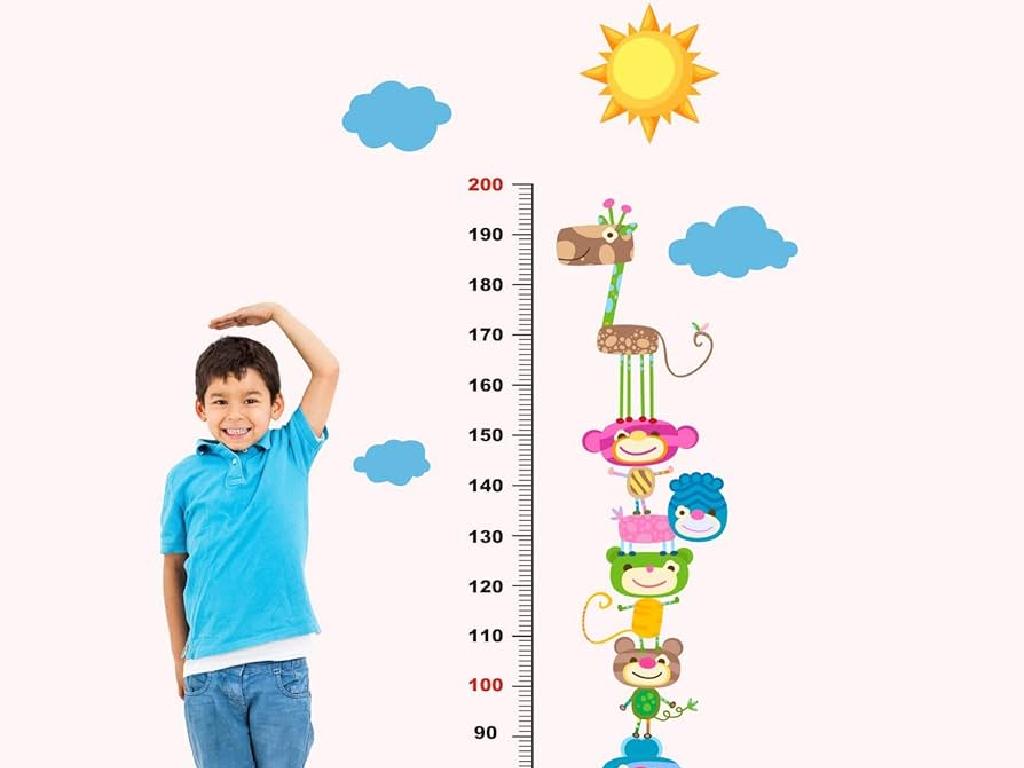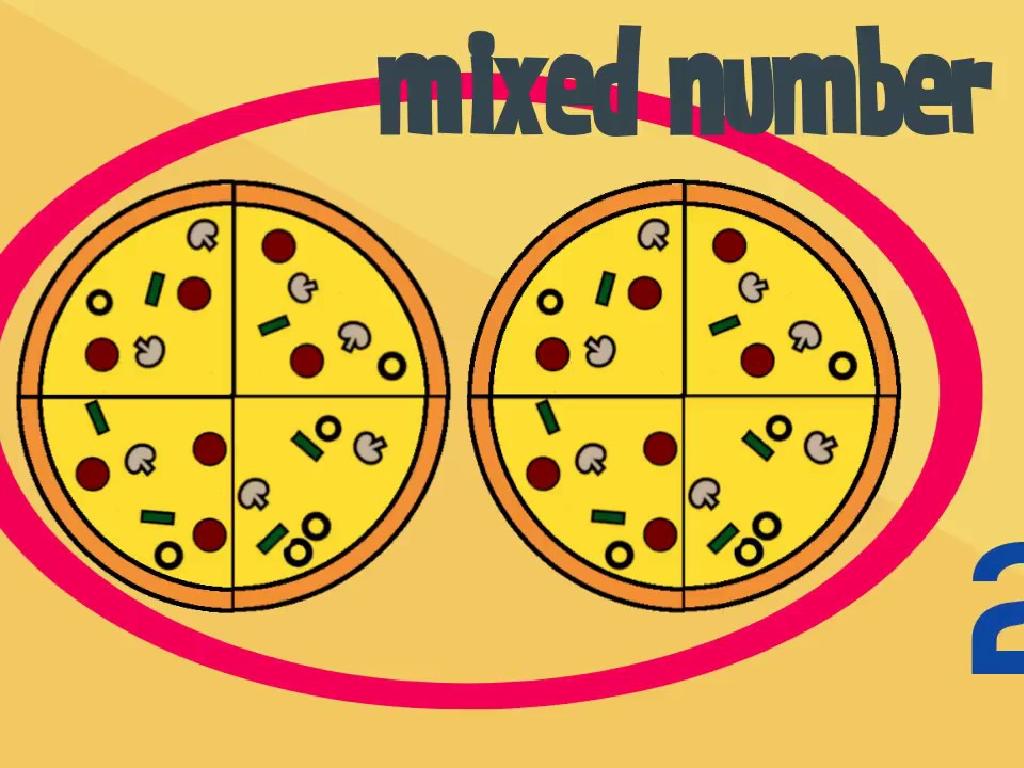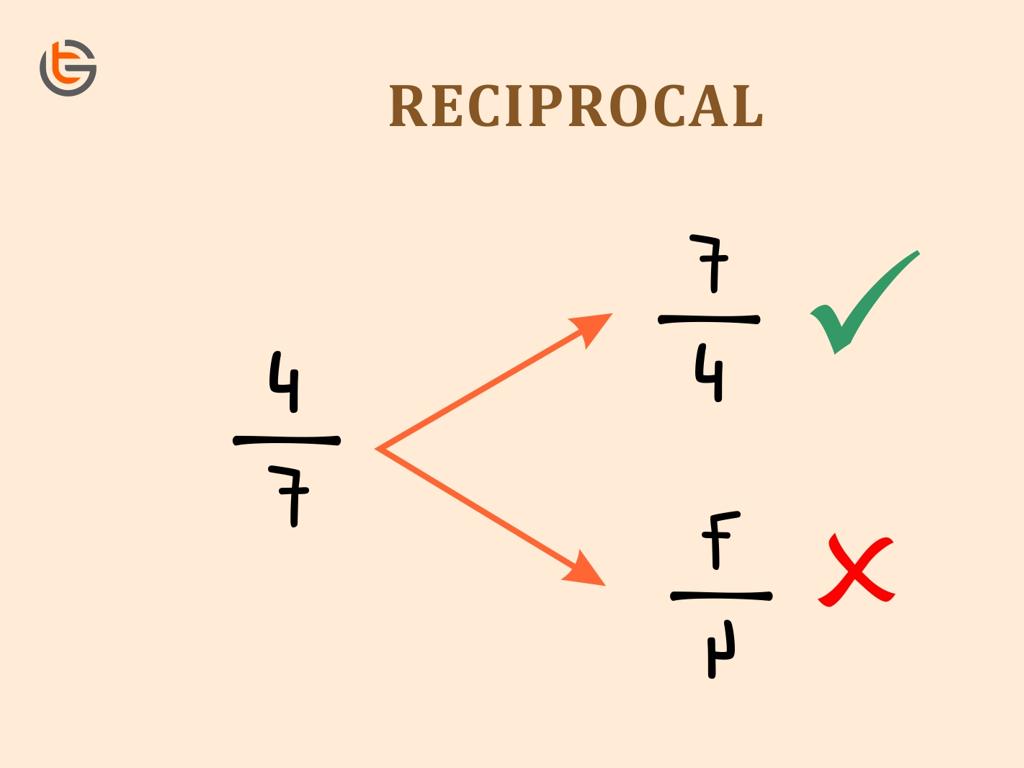Read Sight Words Set 7: Am, Did, Get, Now, Well
Subject: Language arts
Grade: Kindergarten
Topic: Sight Words
Please LOG IN to download the presentation. Access is available to registered users only.
View More Content
Welcome to Sight Words!
– Sight words are special words
– Words we often see in books and use when we talk
– They help us read smoothly
– Sight words can’t always be sounded out
– Today’s words: am, did, get, now, well
– ‘Am’ as in ‘I am happy’, ‘Did’ as in ‘You did it!’
– We’ll practice these words together
– Fun games and activities to help us remember
|
This slide introduces kindergarteners to the concept of sight words, which are commonly used words that young readers should recognize instantly. Emphasize that knowing these words by sight can help them become more fluent readers. Introduce each of the five words individually, using them in simple sentences to demonstrate their meaning. Engage the students with interactive activities such as flashcards, matching games, or writing the words in sand to reinforce their learning. Encourage the students to spot these words at home or in class to strengthen their recognition.
Sight Words Set 7: Quick Recognition
– Sight words appear often in reading
– Recognize without sounding out
– Words like ‘the’, ‘and’, ‘it’ are sight words
– Knowing sight words aids reading
– Helps in reading faster and with more confidence
– Practice ‘am’, ‘did’, ‘get’, ‘now’, ‘well’
– Use flashcards and games for memorization
|
This slide introduces the concept of sight words to Kindergarten students, emphasizing their importance in developing reading skills. Sight words are common words that appear frequently in text and can be recognized instantly by readers without needing to decode them. Knowing these words by heart allows young readers to navigate sentences more smoothly and with greater understanding. Focus on the words ‘am’, ‘did’, ‘get’, ‘now’, and ‘well’ for this set. Use engaging activities like flashcards and matching games to help students memorize these words. Encourage them to spot these words in their favorite stories or during read-aloud sessions.
Our First Sight Word: ‘am’
– ‘am’ is used to talk about ourselves
– Example sentence: I am happy
– Use ‘am’ when you describe yourself
– Practice saying it: ‘am’
– Repeat after me: I am, you are, he/she is
– Let’s use ‘am’ in our sentences
– Try making a sentence with ‘am’
|
This slide introduces the sight word ‘am’ to Kindergarten students. Emphasize that ‘am’ is a special word that we use when we are talking about ourselves. Show them how to use it in a simple sentence and practice saying it out loud together. Encourage the students to come up with their own examples, and correct their sentences gently if needed. Make sure to praise their efforts to build confidence. For homework, ask them to write or verbally share a sentence using ‘am’ with their family.
Our Second Sight Word: ‘did’
– ‘did’ is used for past actions
– It tells us something was completed before now
– Example: ‘She did her homework.’
– Shows action is finished, like in ‘He did the dishes.’
– Say it together: ‘did’
– Practice makes perfect! Let’s all say ‘did’ loudly.
|
The focus of this slide is to teach the sight word ‘did’ by explaining its use and providing an example. Emphasize that ‘did’ is a past tense verb, indicating an action that has already happened. Use simple sentences to illustrate its use, such as ‘She did her homework,’ which children can easily relate to. Encourage the students to repeat the word ‘did’ after you to reinforce their understanding and pronunciation. You can also engage the class by asking them to come up with their own sentences using ‘did’ and share them with their classmates.
Learning Sight Word: ‘get’
– ‘get’ means to receive something
– To ‘get’ is to gain possession of
– Example: ‘I will get a sticker’
– Use in a sentence to understand it
– Everyone say it together: ‘get’
|
The word ‘get’ is a common sight word and is essential for building a child’s vocabulary. It’s important to demonstrate the use of ‘get’ through clear examples that are relatable to the children, such as receiving a toy or a sticker, which are common experiences for them. Encourage the students to say the word ‘get’ out loud as a class to reinforce their understanding and pronunciation. You can also use physical objects to illustrate the action of ‘getting’ something. During the next class, review the word and ask students to come up with their own sentences using ‘get’.
Our Fourth Sight Word: ‘now’
– ‘Now’ refers to this moment
– It’s not the past or future, it’s right now.
– Example: ‘We are learning now.’
– Shows when something is happening.
– Say it together: ‘now!’
– Everyone say ‘now’ with me!
|
The word ‘now’ is a common sight word used to describe the current moment. It’s important for students to recognize and understand the use of ‘now’ in sentences. Start by explaining the concept of the present moment as opposed to past or future. Use a simple and relatable example, like ‘We are learning now,’ to illustrate its use in a sentence. Engage the class by saying the word ‘now’ together to reinforce pronunciation and recognition. Encourage the students to think of other sentences where ‘now’ might be used and to practice using the word throughout the day to solidify their understanding.
Our Fifth Sight Word: ‘well’
– ‘Well’ means good health
– ‘Well’ means doing good
– Example: ‘She sings well’
– Use ‘well’ to describe an action done properly
– Say it loud: ‘well’!
– Practice makes perfect, let’s pronounce ‘well’ together
|
The word ‘well’ is versatile and commonly used, making it an important sight word for kindergarteners to learn. It can refer to someone’s health or the manner in which an action is performed. Use the example ‘She sings well’ to illustrate the latter meaning. Encourage the children to say ‘well’ out loud multiple times to improve their recognition and pronunciation of the word. You can also engage the class by asking them to come up with other sentences using ‘well’ or by identifying when someone in a story is described as doing something ‘well’.
Let’s Practice Our Sight Words!
– Practice reading sight words
– Focus on: am, did, get, now, well
– Use flashcards for learning
– Visual aids help memory
– Say the words with me
– Repeat after me: am, did, get, now, well
– Get ready to start!
|
This slide is designed to engage Kindergarten students in a fun and interactive sight word practice session. The teacher will use flashcards to help students visually recognize and memorize the words. As each flashcard is shown, the teacher will say the word, and the students will repeat it. This repetition reinforces their ability to read these common sight words. The words ‘am,’ ‘did,’ ‘get,’ ‘now,’ and ‘well’ are the focus and should be repeated several times. The teacher should encourage the students to speak clearly and praise them for their efforts. The activity aims to build confidence and fluency in reading simple, frequently used words.
Fun Game: Find the Sight Word
– Let’s play a sight word game
– Point and say the word aloud
– When you spot ‘am’, ‘did’, ‘get’, ‘now’, or ‘well’, point to it!
– Who will find all words first?
– Keep your eyes peeled for our sight words and be quick!
– Get ready to have fun!
|
This slide introduces a fun and interactive game to help kindergarteners recognize and practice sight words. The game encourages students to be observant and quick as they look for the words ‘am’, ‘did’, ‘get’, ‘now’, and ‘well’ in a given text or environment. Teachers should prepare materials with these words prominently displayed and guide the students on how to play. The activity can be done individually or in teams to foster a collaborative learning experience. The teacher should monitor the game, provide encouragement, and ensure that each child is engaged and participating. This game not only reinforces the recognition of sight words but also promotes active learning and listening skills.
Class Activity: Sight Word Bingo!
– Let’s play Sight Word Bingo
– Listen for words: am, did, get, now, well
– Words to listen for during the game
– Cover the word on your bingo card
– Use markers to cover words you hear
– Shout ‘Bingo!’ when all words are covered
– Be the first to cover all to win the game
|
This interactive activity is designed to help Kindergarten students recognize and read sight words set 7: am, did, get, now, well. Prepare bingo cards with these sight words and distribute them to the students. Explain the rules clearly, emphasizing the importance of listening carefully and recognizing the words. As you call out the words randomly, students will cover the corresponding word on their cards. The first student to cover all their sight words should shout ‘Bingo!’ and win a small prize. This game encourages active listening, word recognition, and provides a fun way to reinforce learning sight words. After the game, discuss with the students how they identified each word and what strategies helped them remember the sight words.
Review and Goodbye
– Excellent work on sight words!
– Practice at home with family
– Try using ‘am, did, get, now, well’ in sentences
– Get ready for more words next time
– See you soon for more fun!
|
This slide is meant to congratulate the students on their hard work learning new sight words and to encourage them to continue practicing at home. It’s important to remind them that learning is an ongoing process and that they will have the opportunity to learn more exciting words in the future. Encourage the students to use the words in sentences and practice with their family members to reinforce their learning. Let them know you’re looking forward to seeing them again and continue the reading adventure. This positive reinforcement helps build their confidence and excitement for learning.






